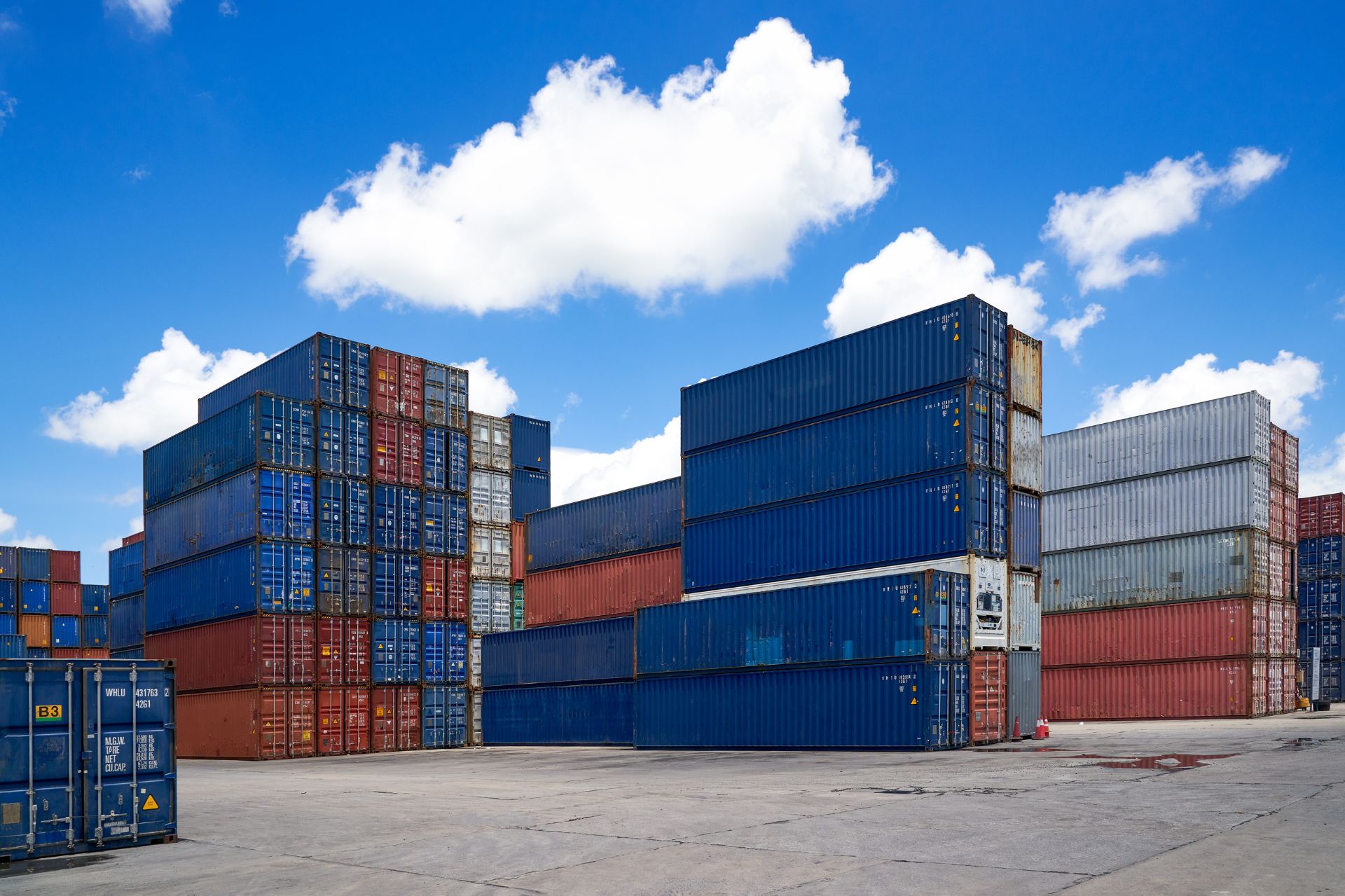An Incredibly Fun Guide to Exporting and Loading Docker Images
Once upon a time, in a land of unending code and swirling data, there lived a humble Docker image. This Docker image was no ordinary one, no siree. It had dreams. Dreams of adventure and discovery, dreams of moving from one system to another. It whispered to the moonlit night, “I wish to see other systems, to bring my unique code to lands afar.” But alas, it was stuck, living a solitary life in its Docker host.
But then, one day, a command-line wizard heard its cries. The wizard, skilled in the arcane art of Docker, knew precisely what to do. With a twinkle in their eye and a few lines of code, the wizard gave the Docker image its heart’s desire.
And thus, our story begins…
Why Export and Load Docker Images?
Docker images are the basis of containers. They contain the environment required to run an application. When we run a Docker image, it becomes one or many Docker containers. But what if we want to use the same Docker image on a different machine or send it to a colleague who is on another continent? That’s where the magic of exporting and loading Docker images comes in.
This functionality allows Docker images to be shared between different systems, allowing for easier collaboration and reducing the need to rebuild images from scratch. This can be especially handy when there’s no internet connection or when Docker Hub is not accessible, or when you just want to keep your Docker images to yourself because they are your precious babies (we understand, we really do).
The Magic Spells: Docker Export and Import
Now, let’s dive into the world of command-line magic. Our goal is to export a Docker image from our local system and then load it on another system. Here’s how we do it.
1. Exporting Docker Images
To export a Docker image, we first need to save it. We can do this using the `docker save` command followed by the image ID or name, and redirect the output to a .tar file. The command looks like this:
docker save my-awesome-image > /path/to/save/my-awesome-image.tar
In this command, `my-awesome-image` is the name of your Docker image, and `/path/to/save/my-awesome-image.tar` is the path where you want to save the .tar file.
2. Loading Docker Images
Once we have our .tar file, we can now load it onto another system. To do this, we use the `docker load` command and then specify the .tar file. The command is as follows:
docker load < /path/to/load/my-awesome-image.tar
In this command, `/path/to/load/my-awesome-image.tar` is the path where your .tar file is located.
Voila! You have just exported and loaded a Docker image. Isn’t that just magical?
Now, our Docker image can travel to different systems, spreading its unique code wherever it goes. It can fulfill its dreams of adventure and discovery. All thanks to a command-line wizard who knew the spells of Docker export and load.
Remember, with great power comes great responsibility. So use these Docker spells wisely. Always ensure to respect the integrity of the Docker images and use this feature to enhance collaboration and efficiency in your development process.
So, dear reader, go forth and spread the Docker magic!
